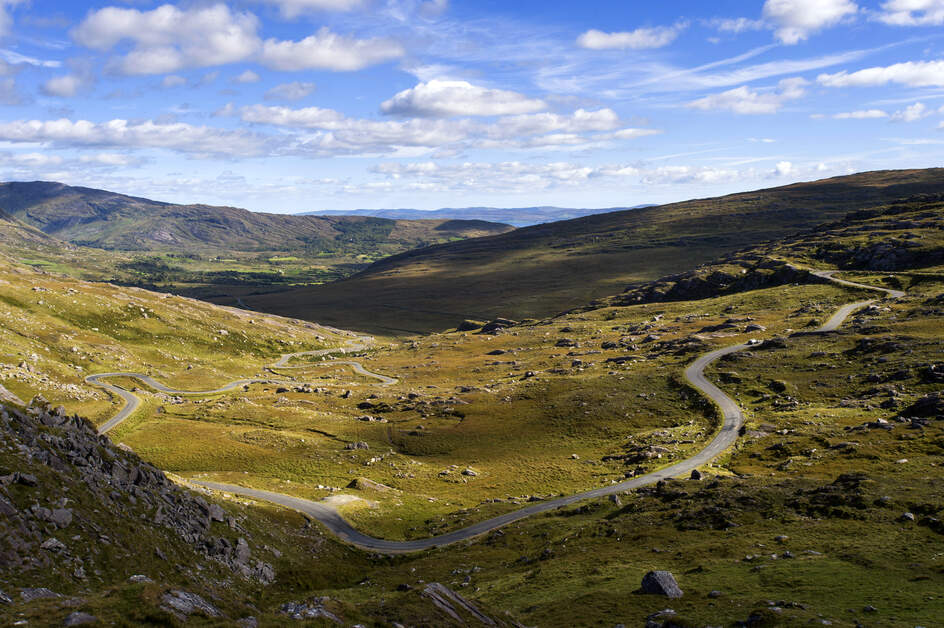Ireland, Landscape of Famine
I didn't know anything about the Great Famine or the Irish Diaspora. One million people died and two million emigrated by 1881.
I couldn’t imagine it shaped Irish society and culture deeply, forever.
It could be said that the country has never really recovered from that time.
I didn’t know and never thought of it: the Famine also directly affected Ireland’s physical landscape too.
Travelling to the West of Ireland, it is easy to recognise the evidence of that.
Even today, Famine roads scar the Irish countryside, and this can be seen clearly.
They were built by the poor desperate peasantry who were on the Public Works Schemes.
The Public Works Schemes were set up for people to earn some money building roads, walls or bridges. In 1847 three-quarters of a million people had signed up for work.
This was hard physical work for people who were weak because of starvation and diseases.
The poignant reality about these roads is that they led nowhere and were built with no direction in mind. Some roads criss-cross up hills before stopping completely and simply disappear in the middle of nowhere.
Into the sides of the mountains and hills here and there, other scars can be spotted: they are the “lazy beds”. What a funny name!.
These lines are the traces of cultivation ridges made by smallholders forced into uplands with very poor soil.
Growing crops was not easy there, and this method was convenient for soils thin or poorly drained. Nothing was lazy; it was quite the opposite!
People had to dig each ridge using spades to turn over the heavy sods to fertiliser the soil with manure or seaweed gathered at the beach and then transported it up to the mountain fields.
On both sides of the ridges, drainage channels were dug. The ridges were usually re-dug every year, with one year’s ridge becoming the next year’s furrow.
So, I believe the story of the Irish landscape is the story of Ireland itself along with its glacial rugged coastlines, lakes, drumlins and the silhouettes of monasteries and round towers.
You May Also Like
Dark Stories in Dublin /2
Trinity College is the oldest University in Dublin and was founded in …
Dark Stories in Dublin /1
Tracing Dublin dark and grim past can be guessed from the existing …
High Crosses Sermons in Stone
County Louth is one of the dearest counties to my heart. It is also …





